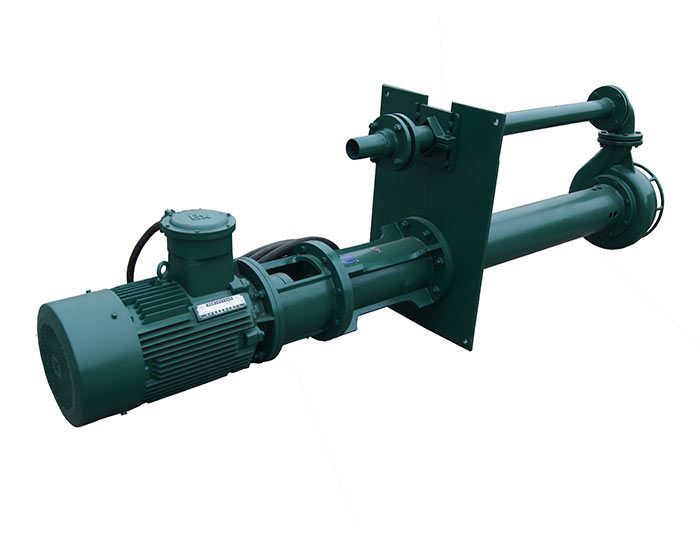The Importance of Degassing Under Vacuum in Various Applications
Degassing under vacuum is a crucial process utilized in a wide range of industries, from pharmaceuticals to material science. It involves the removal of dissolved gases from liquids or solids, which can significantly improve the quality and performance of products. This article explores the significance of vacuum degassing, its applications, and the technologies involved.
Understanding Degassing
Degassing is the process of eliminating unwanted gases that can be trapped within a liquid or solid matrix. In many cases, these gases are a result of air bubbles being introduced during the mixing process or impurities within the material itself. When these gases remain, they can lead to a host of problems, including reduced quality, compromised mechanical properties, and difficulties in further processing.
The Role of Vacuum
Vacuum degassing employs reduced pressure to facilitate the escape of gas bubbles. When a liquid or solid is placed under a vacuum, the boiling point decreases, allowing gases to vaporize and escape more readily. This is particularly important for applications involving high-viscosity materials or sensitive compounds that cannot withstand high temperatures.
Applications of Vacuum Degassing
1. Pharmaceuticals In pharmaceutical manufacturing, the presence of dissolved gases can affect drug efficacy and stability. Vacuum degassing is employed to ensure that final products are free from contaminants, which could lead to adverse reactions or diminished therapeutic effects.
degasser vacuum
2. Polymer Processing In the production of polymers, particularly during the preparation of resins, the presence of air bubbles can lead to defects in the final product. Degassing prevents issues such as foaming, which can weaken the material and impact its properties.
3. Food Industry Vacuum degassing is also relevant in the food industry, particularly in processes like the production of sauces or emulsions. By removing air, manufacturers can enhance the shelf life and sensory qualities of food products.
4. Casting and Mold Making In the field of casting, especially with materials such as epoxy or polyurethane, vacuum degassing helps to eliminate air that can create voids or weak spots in the casted piece. This results in a more durable and aesthetically pleasing final product.
5. Electronics and Batteries Vacuum degassing is critical in the manufacturing of electronic components and batteries, where the presence of trapped gases can negatively impact performance and reliability.
Technologies Used in Vacuum Degassing
Modern vacuum degassing systems employ a variety of technologies to improve efficiency and effectiveness. Some systems use rotating chambers to enhance gas removal, while others integrate ultrasonic waves to break up bubbles and facilitate escape. Additionally, advancements in vacuum pumps have significantly increased the speed and effectiveness of degassing, allowing manufacturers to improve production timelines without sacrificing quality.
Conclusion
Degassing under vacuum is an essential process across numerous industries, providing substantial benefits by enhancing product quality and performance. Whether in pharmaceuticals, food production, or materials science, the removal of unwanted gases is key to producing reliable and high-quality products. As technology advances, the efficiency and capabilities of vacuum degassing systems continue to evolve, underscoring its importance in modern manufacturing processes. Investments in these technologies not only improve product integrity but also contribute to greater efficiency and sustainability in production methods. As industries continue to demand higher standards, vacuum degassing will remain a fundamental step in ensuring that those standards are met.
 Linear Motion Shale Shaker In Drilling Rig
Linear Motion Shale Shaker In Drilling Rig  Oilfield Mud Cleaner
Oilfield Mud Cleaner  Drilling Fluid Decanter Centrifuge
Drilling Fluid Decanter Centrifuge  Drilling Mud Desander
Drilling Mud Desander  Hydrocyclone Desilter
Hydrocyclone Desilter  Centrifugal Pump/Centrifugal Mud Pump
Centrifugal Pump/Centrifugal Mud Pump  Shear Pump
Shear Pump  Jet Mud Mixer
Jet Mud Mixer  Horizontal Mud Agitator
Horizontal Mud Agitator  Constant Pressure Drilling Fluid Mud Gas Separator
Constant Pressure Drilling Fluid Mud Gas Separator  Mud Gun
Mud Gun  Mud Tank
Mud Tank  Solids Control System Vacuum Degasser
Solids Control System Vacuum Degasser  Flare Ignition Device
Flare Ignition Device  Diesel Tank
Diesel Tank  Submersible Slurry Pump
Submersible Slurry Pump 






































